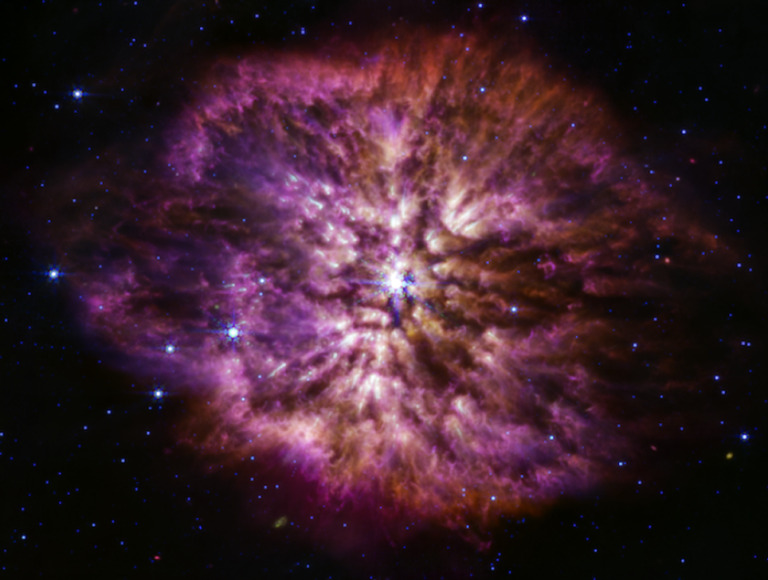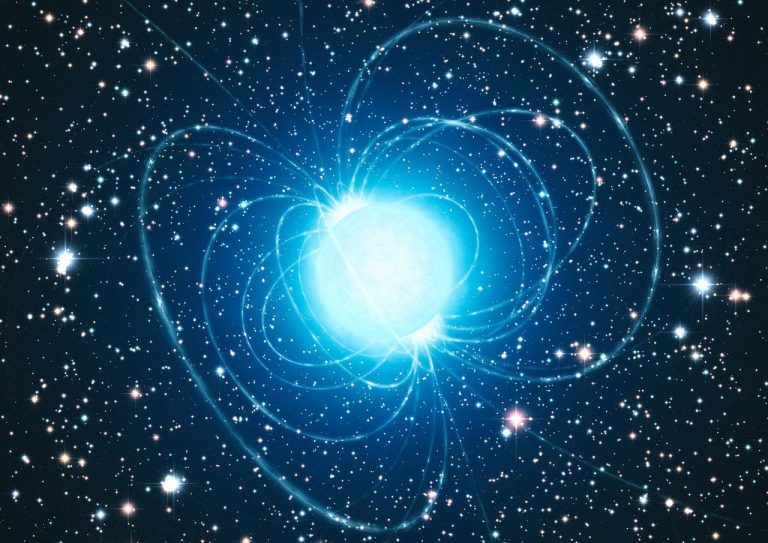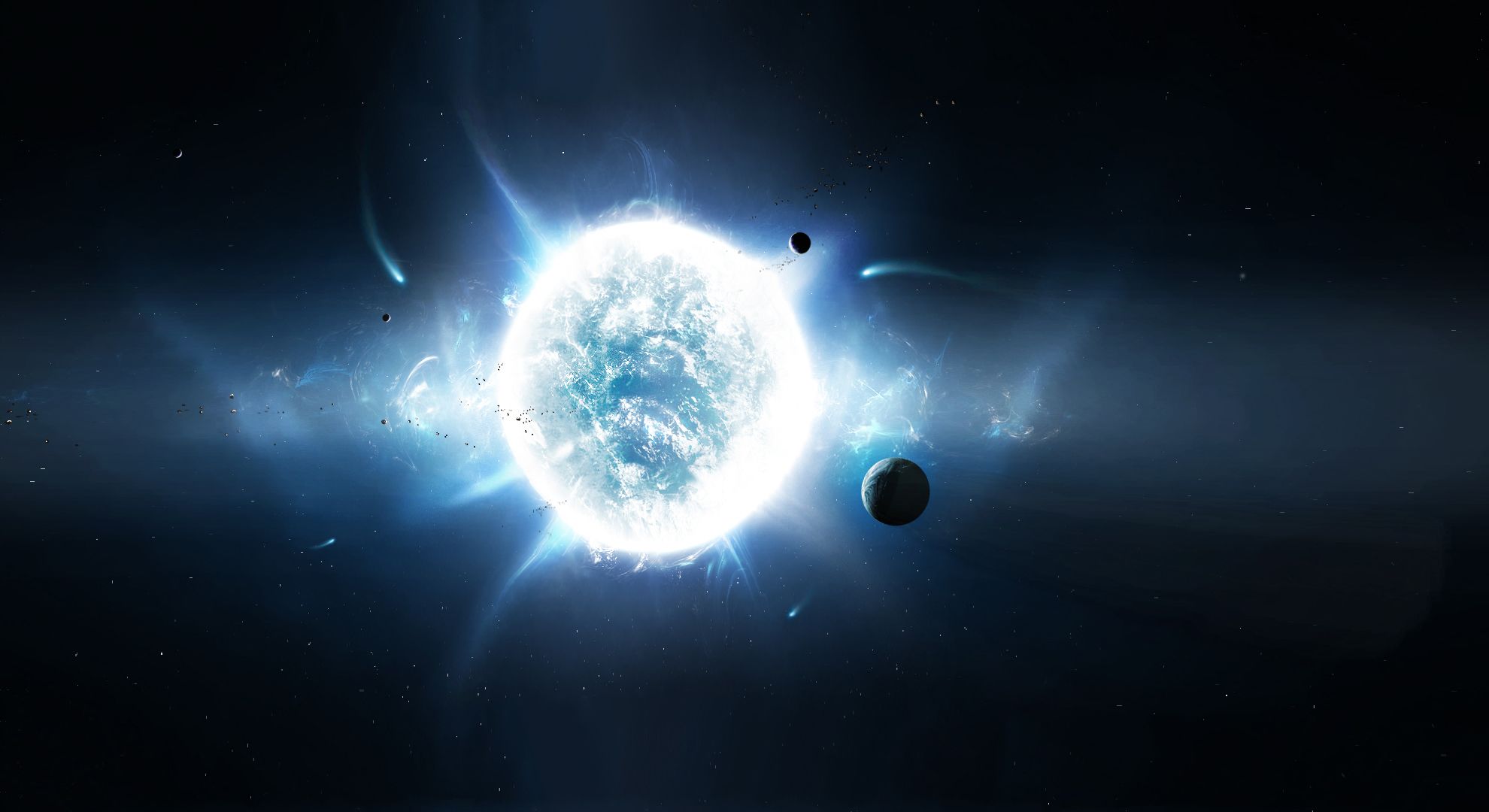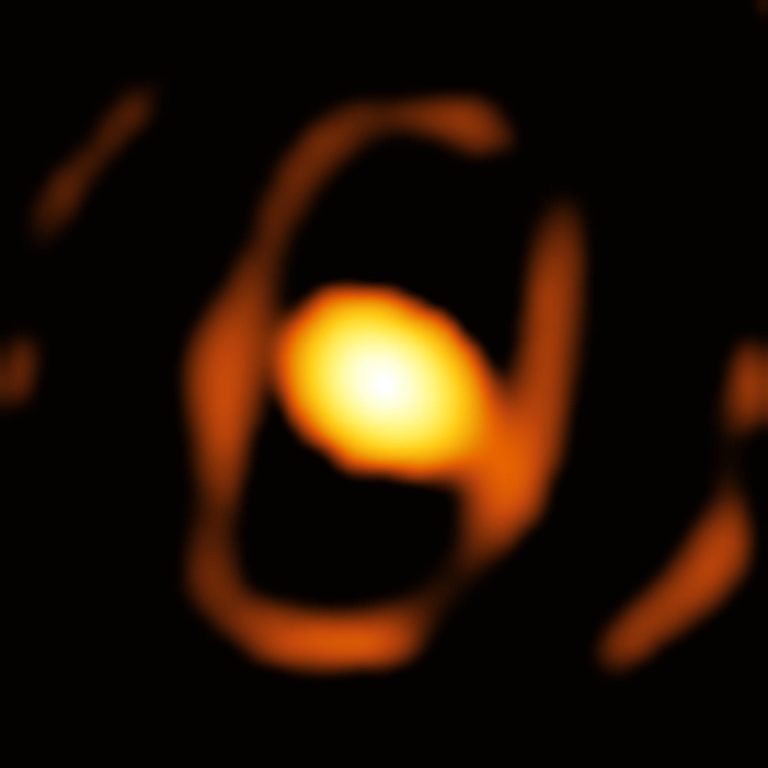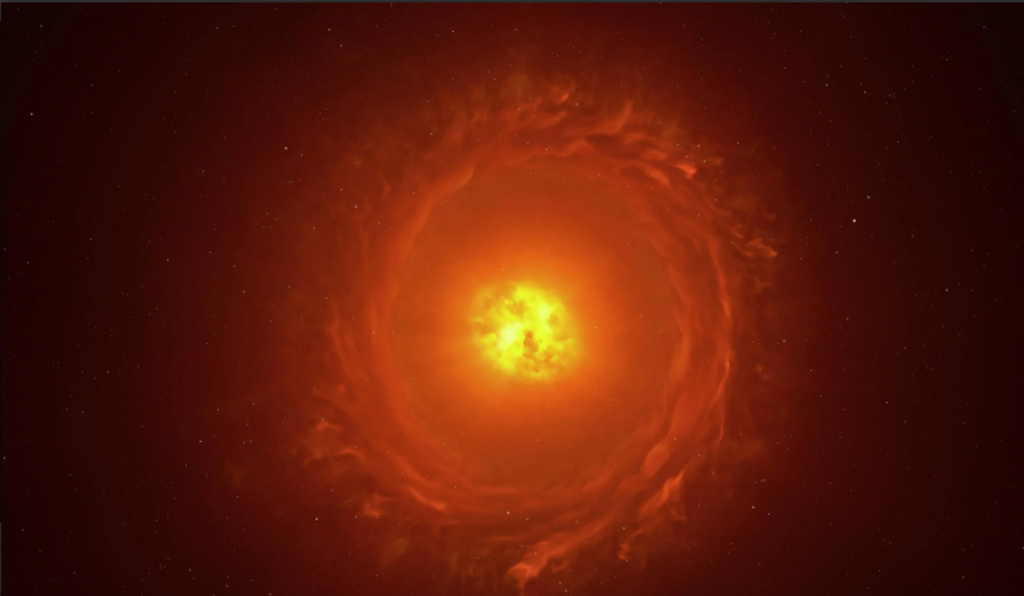Supernova Explosion: Scientists Reveal Its Deadliest Impact
The most dangerous aspects of a supernova explosion are not the brilliant light or the vast numbers of neutrinos, but rather the high-energy X-rays, gamma rays, and cosmic rays. These components, though they may represent a smaller fraction of the total energy output, have the power to inflict lasting biological and environmental damage even at interstellar distances.
Summary:
- Shock Wave: A massive, high-speed blast of stellar material that can obliterate nearby objects.
- Visible Light: An awe-inspiring burst that, despite its brightness, accounts for less than 1% of a supernova’s energy and is not the main cause of harm.
- Neutrinos: Trillions of nearly undetectable particles that pass through matter without interaction, posing minimal risk.
- X-rays and Gamma Rays: High-energy photons that, while produced in smaller quantities, deliver intense doses of radiation capable of causing significant damage.
- Cosmic Rays: Charged particles accelerated to high energies that can ionize atoms, damage cellular structures, and even trigger cancers over time.
- Distance Matters: The severity of the impact depends greatly on proximity to the explosion; safe distances reduce the effects considerably.
- Scientific Insights: Ongoing research is refining our understanding of these processes and their potential impacts on nearby cosmic environments.
- Real-World Implications: These things show the need for better ways to watch space. They involve possible harm from radiation and health problems that could last a long time.
- Reference Material: Supernova Deadly Impact Video
Introduction
Supernova explosions rank among the most powerful events in the universe. When a star reaches the end of its life, the resulting explosion sends shock waves and a flood of radiation through space. While the spectacular burst of visible light is what we notice with our eyes and telescopes, the true danger lies in the less visible, high-energy emissions. Understanding these hidden threats is key to grasping the full impact of a supernova.
The Anatomy of a Supernova Explosion
A supernova explosion releases energy in many different forms. Each of these components contributes differently to the overall destructive power of the event. The primary contributors include a shock wave, visible light, neutrinos, X-rays and gamma rays, and cosmic rays.
The shock wave is the initial blast that carries a large amount of stellar material outward at a significant fraction of the speed of light. This enormous force can flatten everything in its path if one were unlucky enough to be near the explosion. However, if you are within range of such a shock wave, you would also be exposed to lethal doses of radiation long before the blast reaches you.
Visible light, though spectacular, is a minor player in terms of energy output. It makes up only a small fraction of the explosion’s total energy—usually less than 1%. Despite its overwhelming brightness, visible light is far less harmful compared to the unseen high-energy particles.
Neutrinos are another byproduct of the supernova explosion. These ghostly particles rarely interact with matter. In fact, trillions of neutrinos pass harmlessly through our bodies every second, and even a burst of them from a nearby supernova would not cause significant harm due to their incredibly weak interactions.
The real threats are posed by high-energy radiation in the form of X-rays and gamma rays, as well as cosmic rays. Although supernovae do not produce massive quantities of these high-energy photons compared to other emissions, the absolute number is still enormous. X-rays and gamma rays can damage biological tissue and electronics alike, and cosmic rays—fast-moving charged particles—can penetrate deep into matter, causing ionization and molecular damage.
The Shock Wave and Its Immediate Effects
The shock wave generated by a supernova is a force to be reckoned with. It represents the direct kinetic energy of the explosion. When a chunk of a star’s core is blasted outwards, it slams into the surrounding interstellar medium at speeds that can approach a significant fraction of the speed of light. This shock wave can compress, heat, and even completely destroy nearby matter.
If a planetary system were to lie in close proximity to such an explosion, the shock wave itself would be devastating. However, the nature of supernovae is such that by the time the shock wave reaches a location where life might exist, the radiation levels are already dangerously high. In this sense, the shock wave is just one of several fatal factors.
High-Energy Radiation: X-rays, Gamma Rays, and Cosmic Rays
Although the shock wave is a primary physical force, it is the high-energy radiation that can have lasting and widespread impacts. X-rays and gamma rays, though not produced in overwhelming quantities, pack a potent punch. They carry enough energy to ionize atoms and break chemical bonds, leading to significant biological damage. Even at distances where the shock wave’s physical impact is diminished, these photons can cause cellular mutations and other harmful effects.
Cosmic rays, which are primarily protons, helium nuclei, and heavier elements, are particularly dangerous. They are accelerated by the energy from the supernova explosion and, once in motion, can travel vast distances. Unlike neutrinos, cosmic rays interact more frequently with matter. Every second, a cosmic ray passes through an average human body. While Earth’s magnetic field and atmosphere offer a level of protection, cosmic rays are linked to an increased risk of cancer and other health issues due to the ionizing damage they cause over time.
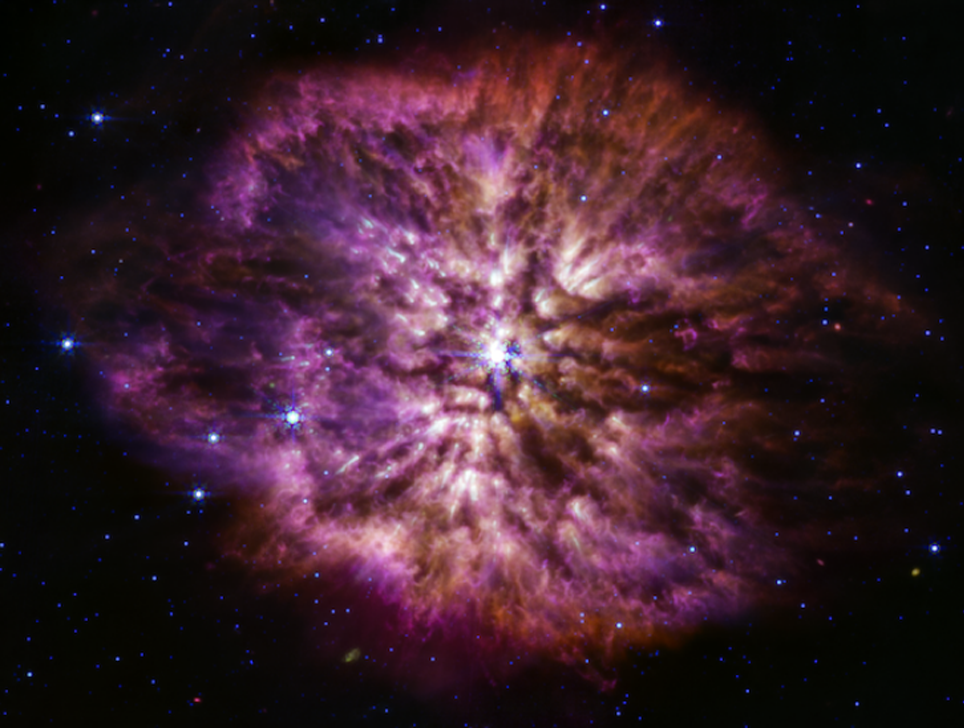
Below is a table summarizing the key components of a supernova explosion:
| Component | Energy Contribution | Interaction with Matter | Potential Impact |
|---|---|---|---|
| Shock Wave | Massive kinetic energy blast | High impact on physical structures | Immediate destruction if within close proximity |
| Visible Light | Less than 1% of total energy output | Minimal biological impact | Temporary or permanent blindness if extremely intense |
| Neutrinos | Majority of the energy release | Almost no interaction with matter | Harmless due to extremely weak interactions |
| X-rays/Gamma Rays | Small fraction relative to other forms | High interaction; ionizing radiation | Severe cellular damage, potential radiation sickness |
| Cosmic Rays | Small fraction in energy count | Ionizes atoms; interacts with biological tissue | Can lead to long-term cellular damage and increase cancer risk |
Scientific Insights into the Deadly Impact
Researchers have studied each of these components to understand which poses the greatest risk. While the shock wave is undeniably destructive, its danger is most acute only for objects in its immediate path. Visible light, though it dazzles, is not a primary source of harm. Neutrinos, despite their sheer numbers, pass through matter with almost no effect.
The crux of the matter lies with the high-energy X-rays, gamma rays, and cosmic rays. These particles and photons may represent a relatively small fraction of the explosion’s total energy, but their potential for harm is enormous. They deliver a concentrated dose of radiation that can disrupt molecular structures and damage living cells even from a distance.
Comparative Analysis of Supernova Effects at Different Distances
The impact of a supernova explosion depends heavily on the distance from the event. At very close ranges, the shock wave and high-energy radiation can obliterate any matter in its path. However, even at safer distances, the cumulative effect of X-rays, gamma rays, and cosmic rays can pose a long-term hazard.
Below is a table that provides a hypothetical comparative analysis of potential effects at various distances from a supernova:
| Distance from Explosion | Primary Threat | Radiation Impact | Likelihood of Fatality |
|---|---|---|---|
| Within a Few Light Years | Shock wave, X-rays, Cosmic Rays | Extremely high, immediate destruction | Almost certain fatality |
| Intermediate Distance | X-rays, Gamma Rays, Cosmic Rays | High, significant cellular damage | High risk of severe health issues |
| Safe Zone (Far Away) | Low-level cosmic rays | Minimal, mitigated by atmosphere and magnetism | Very low risk |
This comparative analysis helps illustrate why even distant supernovae can be a concern over astronomical timescales.
Long-Term Implications and Future Research
The study of supernova explosions extends beyond understanding their immediate impact. Researchers are also interested in how the debris and radiation from these events contribute to cosmic phenomena such as star formation, chemical enrichment of the galaxy, and even the potential seeding of life-essential elements.
Rays and strong energy from a star explosion can change what clouds between stars are made of, which starts new times when stars form. They also give us a way to learn about tiny pieces of matter in ways we can’t do here. As we learn more, scientists keep making better guesses about how these explosions change how galaxies look and grow.
Future studies will probably look at how to lessen the dangers of space rays for space travel and for life here. New and better satellites and telescopes let us watch these strong energy events more closely. This helps us understand more about how these explosions work.
Star explosions are still some of the most amazing and risky things in space. The bright light might get our attention, but the strong energy they send out, like X-rays and other rays, is what is most dangerous. The push of the explosion is bad, but even worse is the unseen flood of rays that can cause harm over time.
What scientists find shows why it’s important to study these things. We learn about how stars die, and we also understand more about our whole galaxy. As we keep learning about star explosions, we remember that the universe is a mix of things being made and things being destroyed.
The work being done on these space events shows that people are curious and always want to learn. It also reminds us how strong the forces are that shape space and the dangers that might be out there.
Fun Facts
- Supernovae can briefly outshine entire galaxies, despite being the final act in the life cycle of a star.
- Even though neutrinos from a supernova pass through you by the trillions, they are so weakly interacting that you would not feel a thing.
- The study of cosmic rays has not only advanced our understanding of astrophysics but has also contributed to medical research, particularly in cancer treatment.

